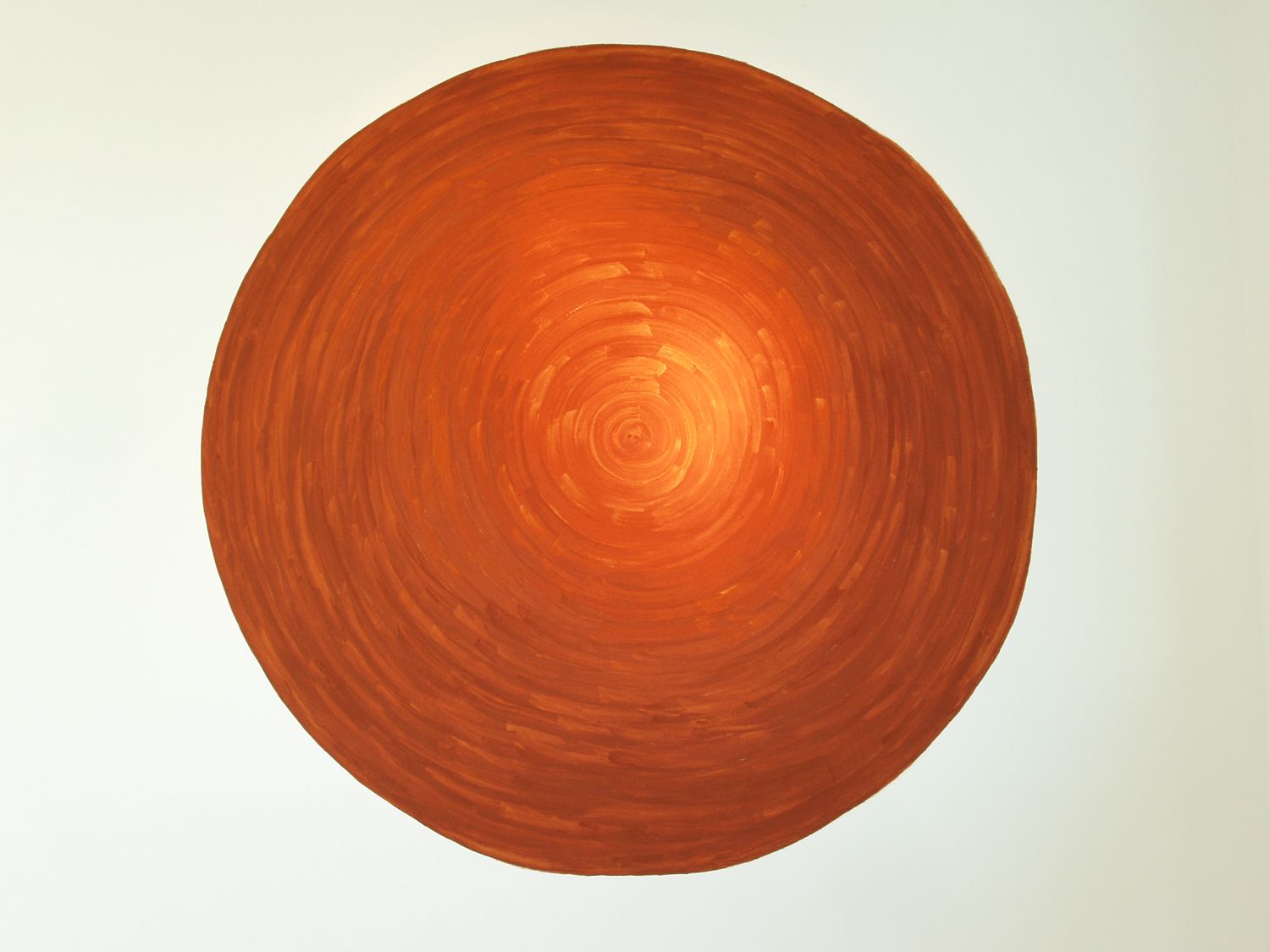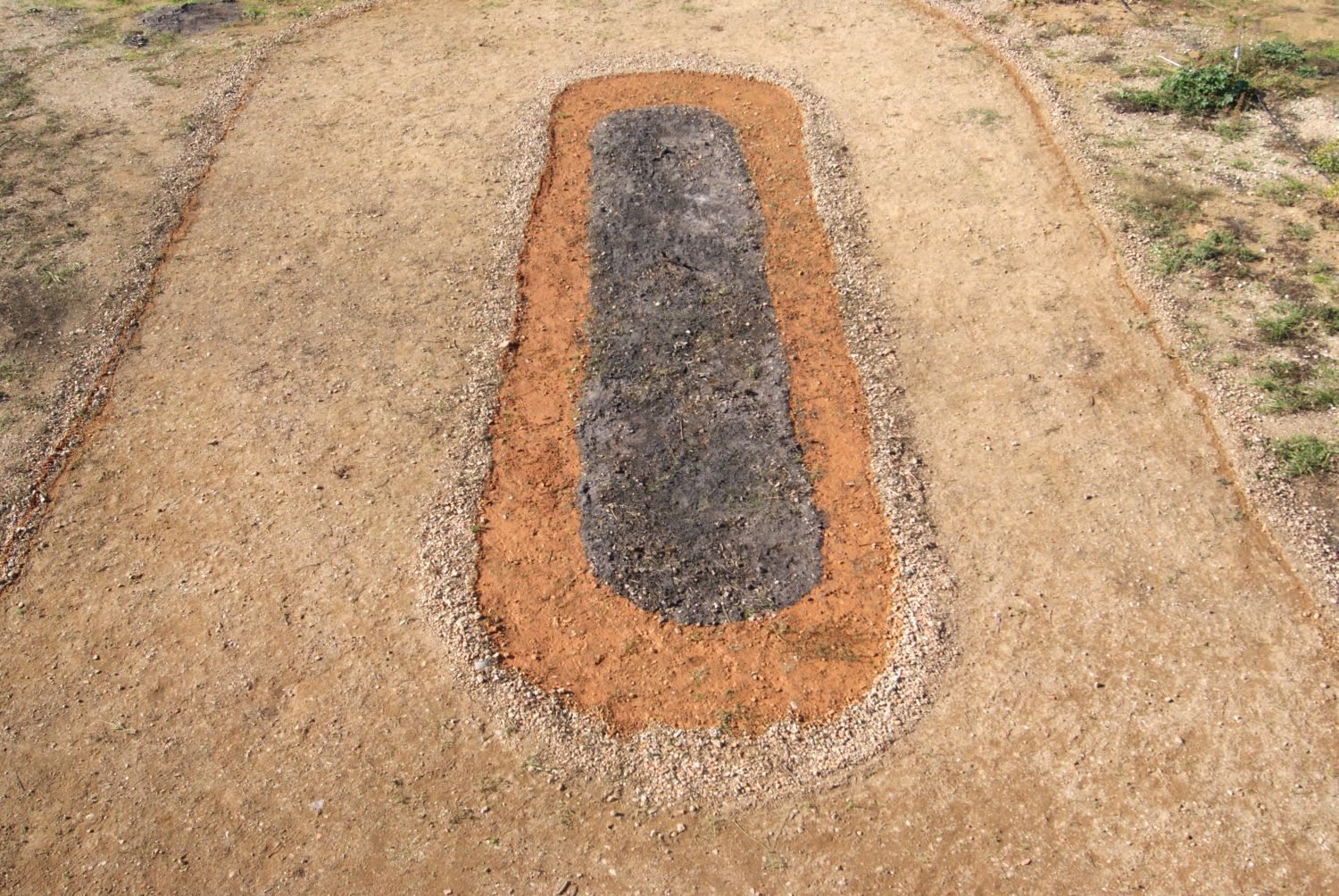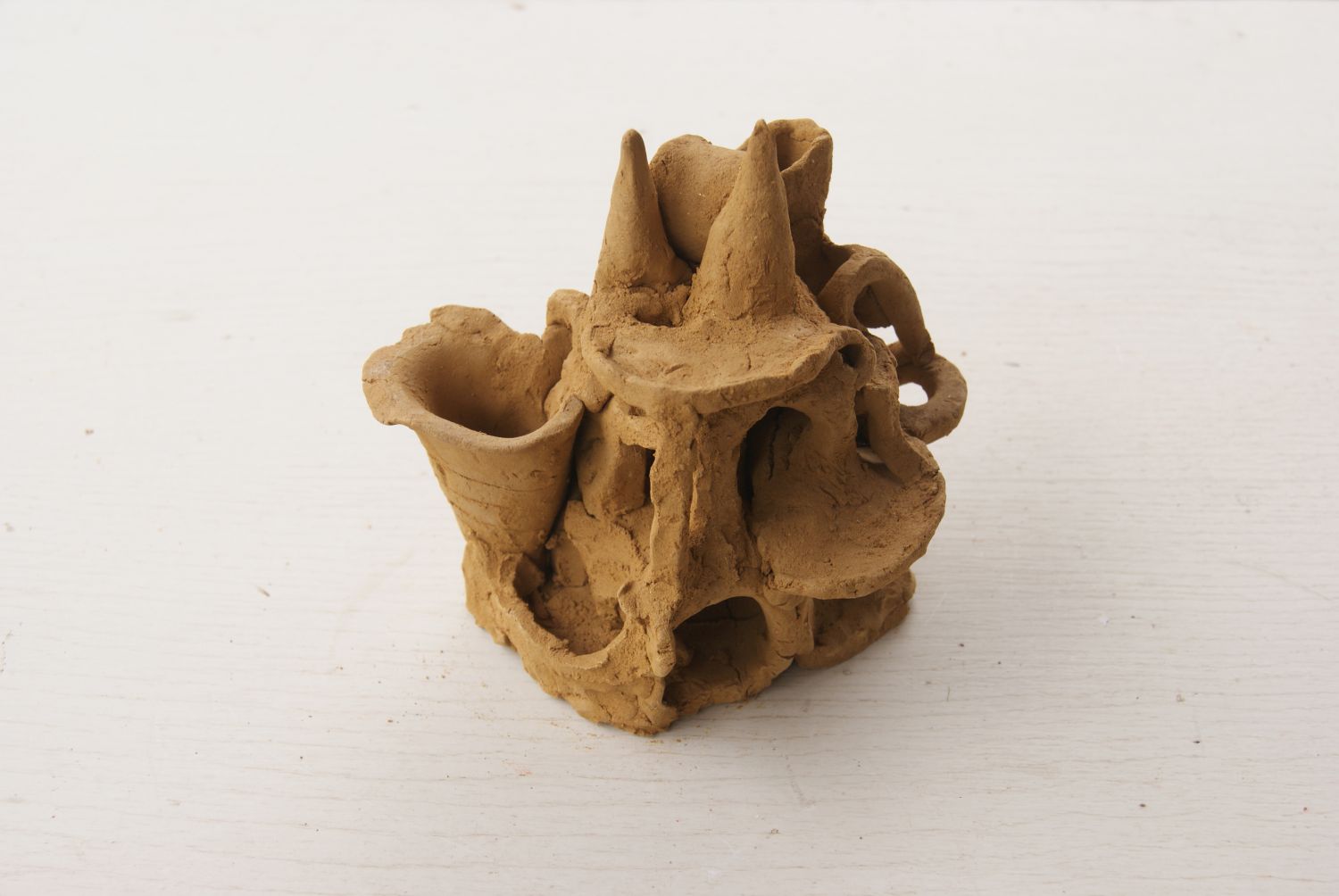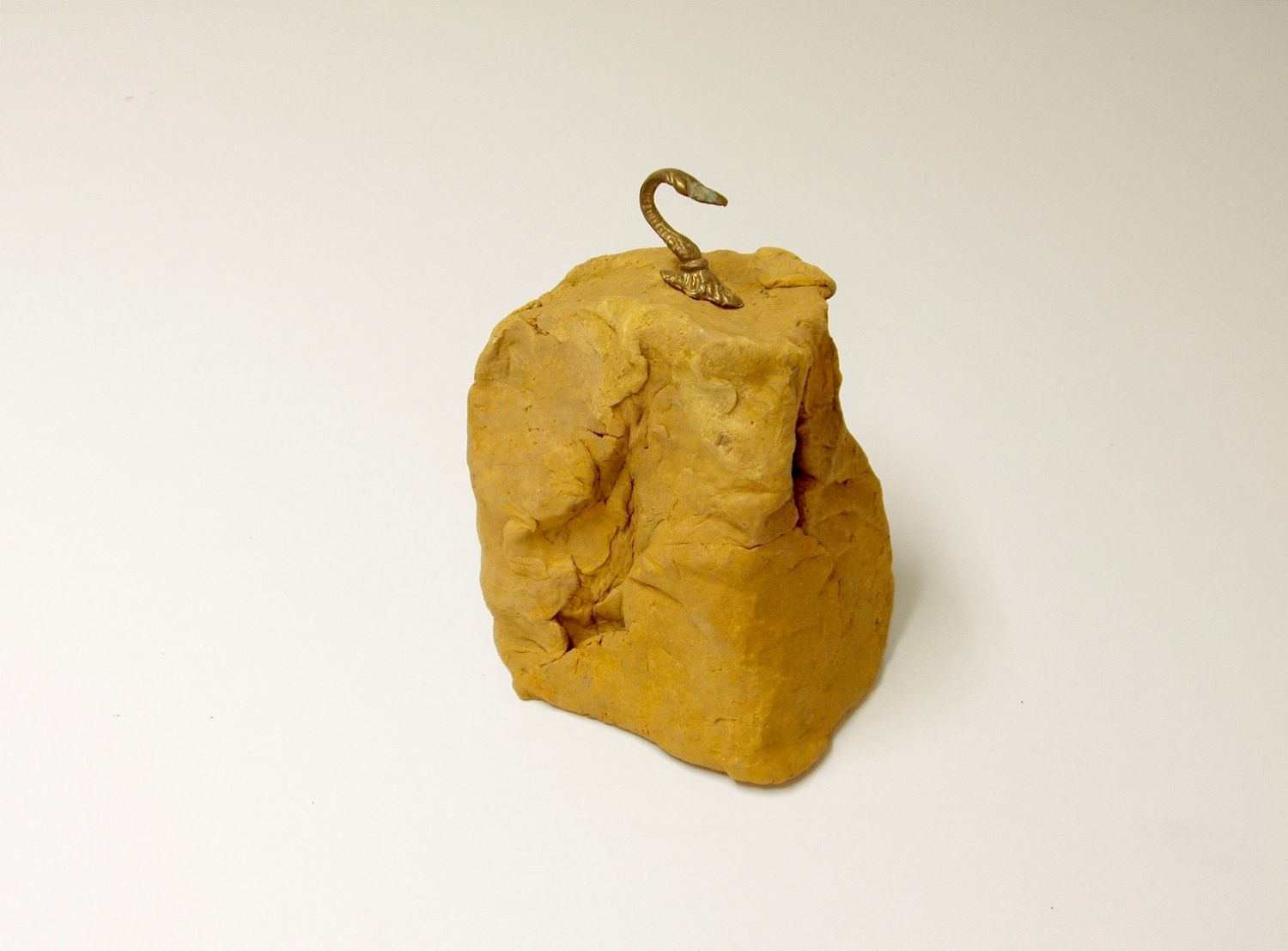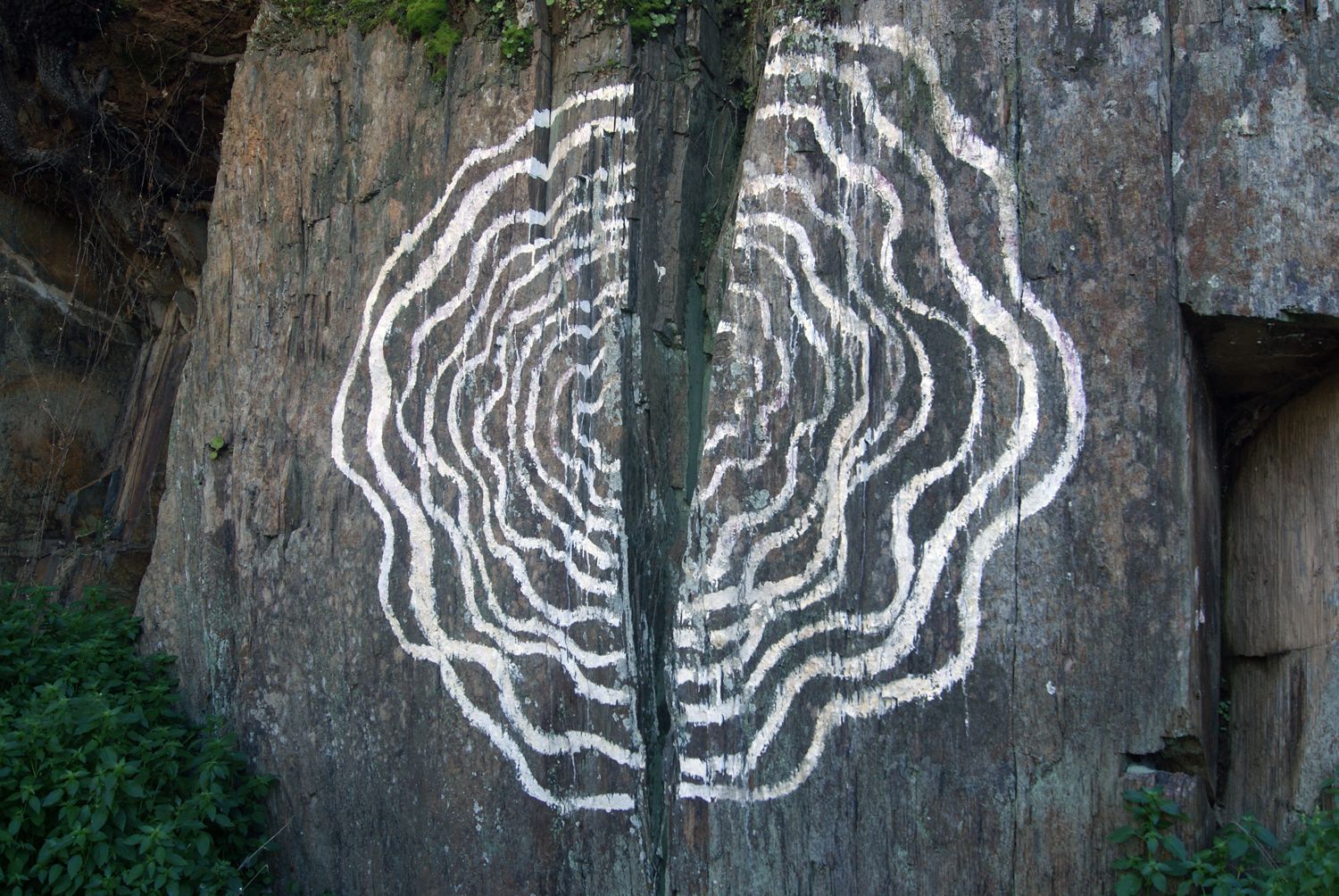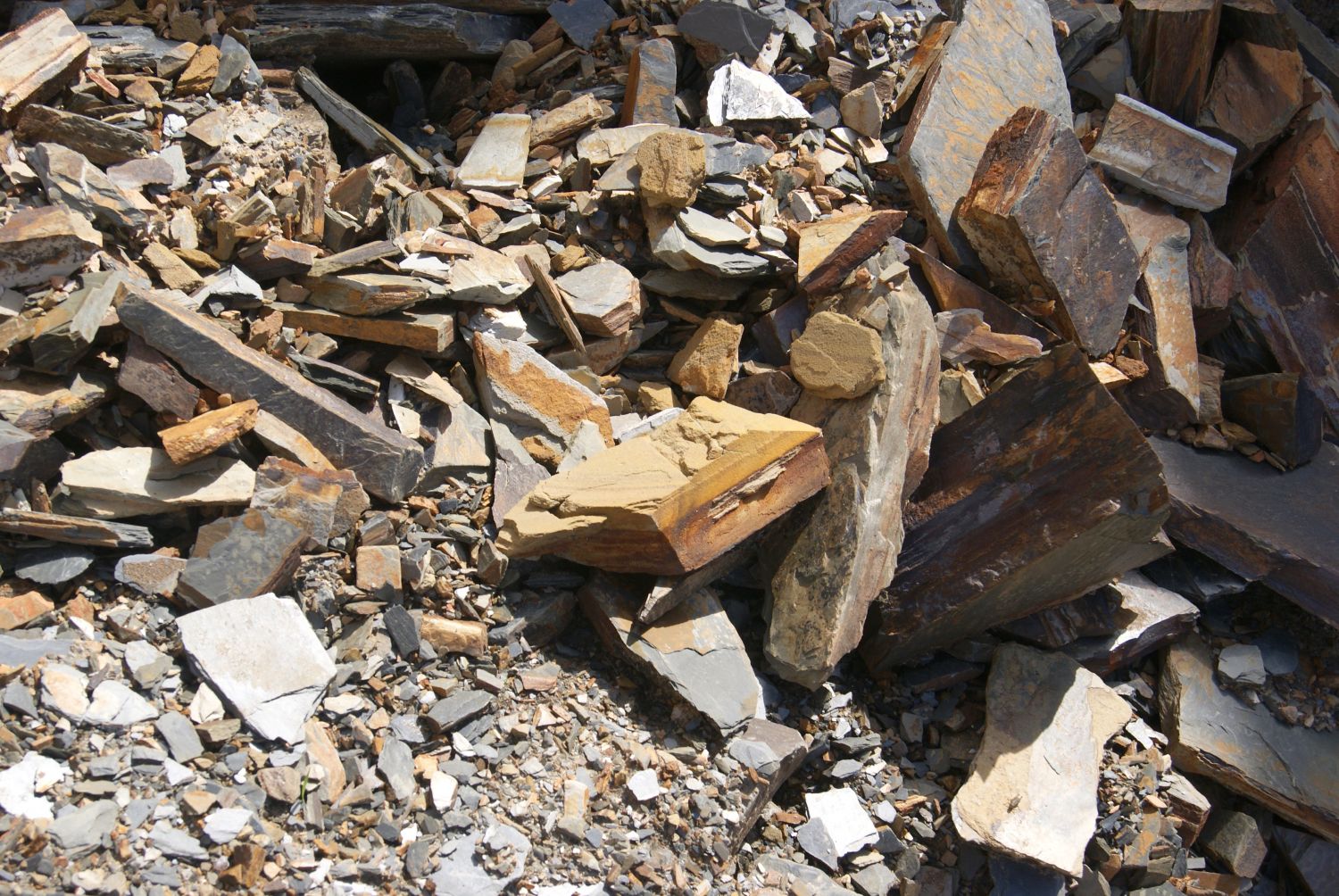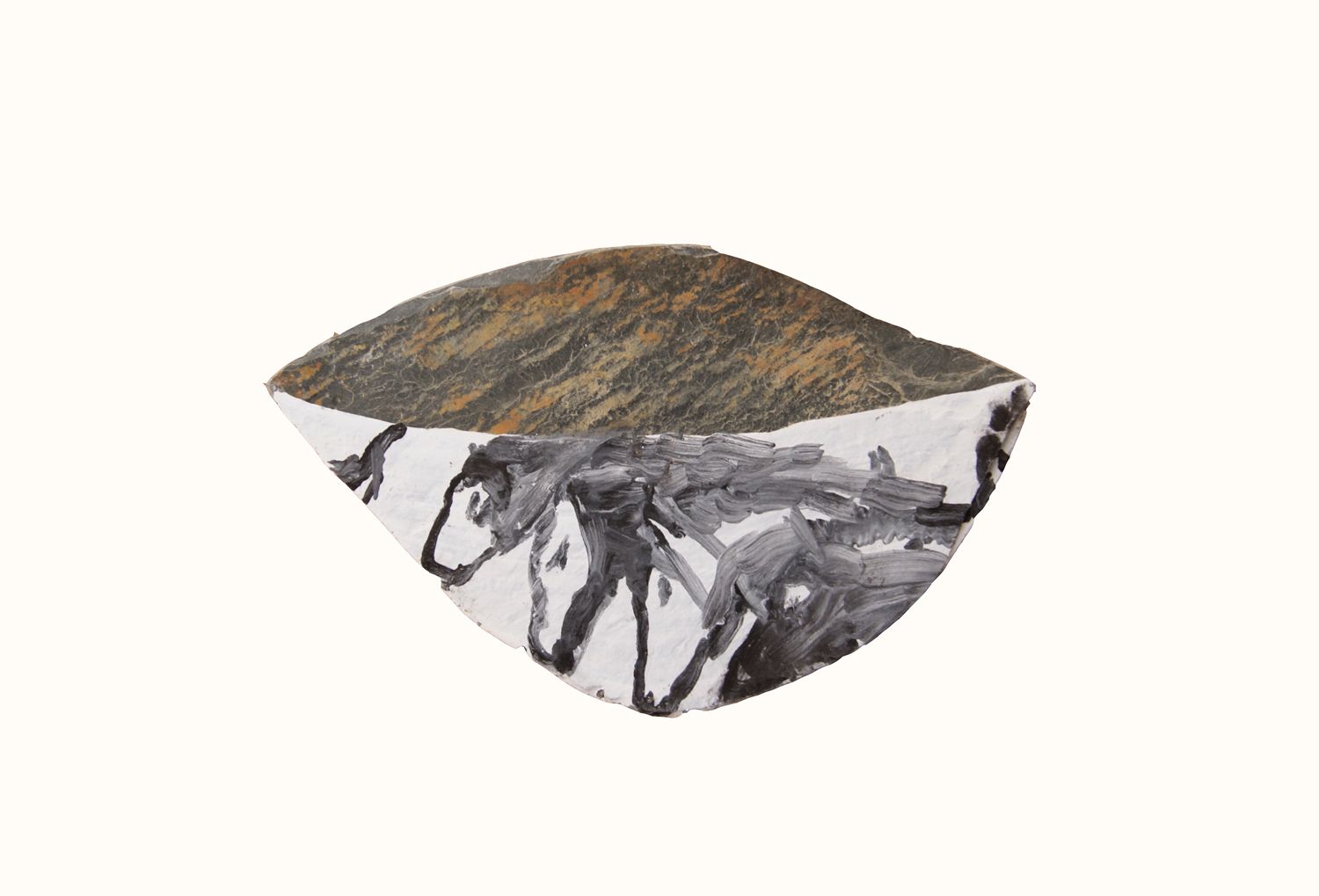Visits to the countryside
Sérgio Carronha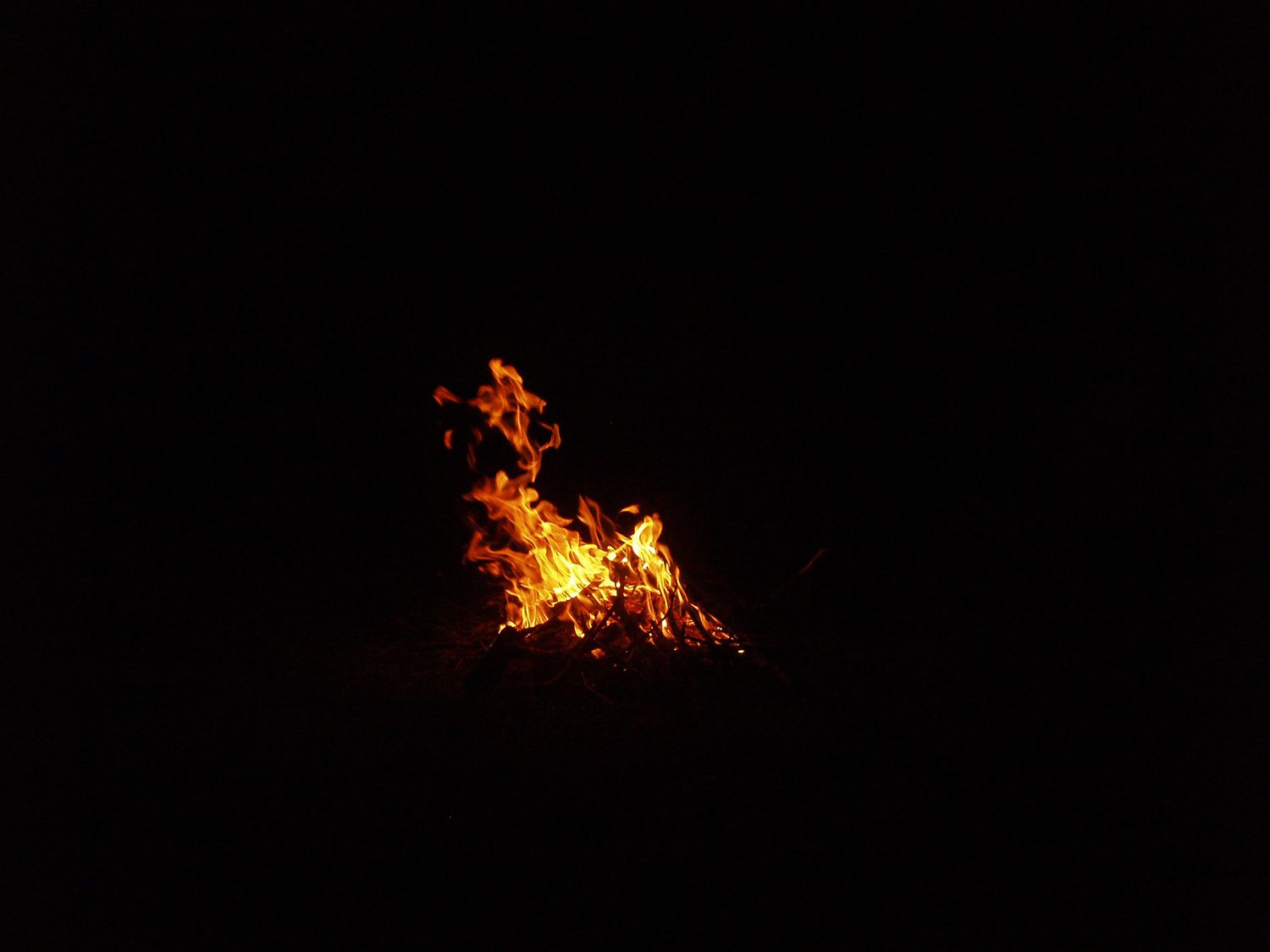
Whenever I went to visit my grandparents in the interior of the country, I had feelings of deep distance from the urban reality of my city. Over the years, I have tried to understand and to interpret this feeling that, even today, awakens creative forces in me.
The rural environment of this part of the country, sparsely inhabited, is characterised by extensive and undulating landscapes where holm and cork oaks, rosemary and a rich biodiversity grow naturally and generously. Particularly aromatic, one can notice the red colour of the soil and the outcrops of ferrous schist, quartz veins and marble mountains extracted from the subsoil. In the quaint village of Terena, the few houses retain an old fashion rustic style. Other houses stand isolated on the tops of distant hills. People can enjoy lots of sunlight, little rain, small streams of water, animals, gardens, together with the presence of an old castle and some churches preserved in lime.
These aspects give people specific ways of talking, a certain body language and distinct daily habits resulting in a kind of cultural resistance, or at least, in the preservation of customs. One feels a hardness that is associated with the condition of living with little, but in harmony with the environment. I have always appreciated the intelligence in the use of the local resources. Now this intelligence meets something different in the way things are done; changes that time will cover up again. I have seen the same things happening in other parts of the countryside as many places seem to be moving forward, but at a slow pace.
My visits to the interior of the country form a collection of memories. This mass of impressions seems to awaken a continuous and revealing forces within me. Those forces are connected to the navel of the earth and give rise to an awareness of the successive passage of human beings, leaving their legacies one after the other with intervals of dust. Humans seem to have no beginning and no end. Continuously dying and being born, they sometimes remember their past and evolution, but they generally tend to forget.
It is within this meditative atmosphere that I began the works selected here. Fire opens the series. The fire element is a differentiating spectrum through which we launch ourselves into the depth of time. It is enough to sit by it on any cold night, looking into the flames, smelling the wood consumed in smoke, moving the embers and ashes to immediately start thinking about its intrinsic essence. And from there, the path of creation is open in thought.
The works presented in this essay are site specific paintings, sculptures and installations. Developed in this context, they operate as transfers of sensations to physical bodies. The materials or supports almost always have a direct relationship with the surrounding environment, be it stone, pigment, lime, soil or clay.
Translated from Portuguese by KS
